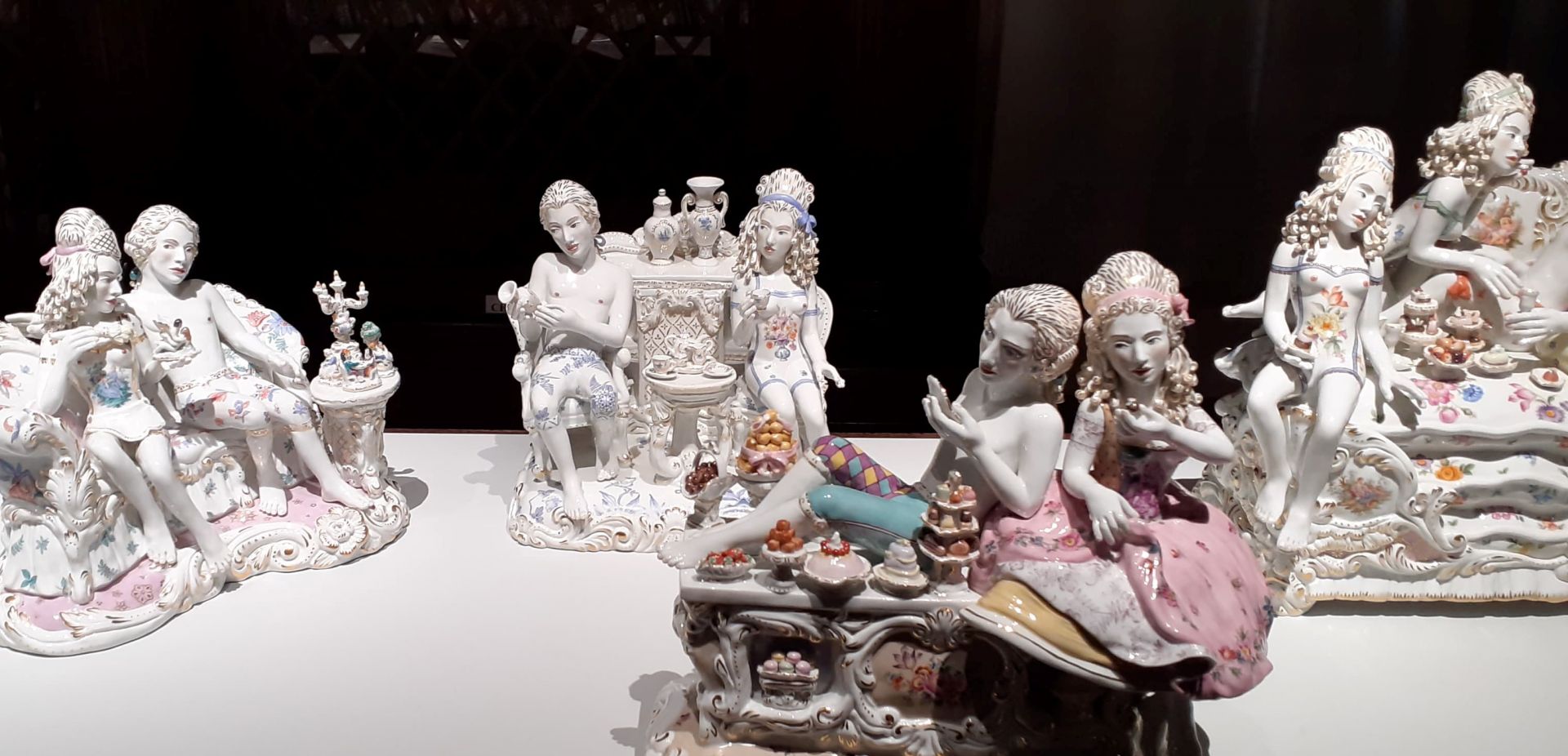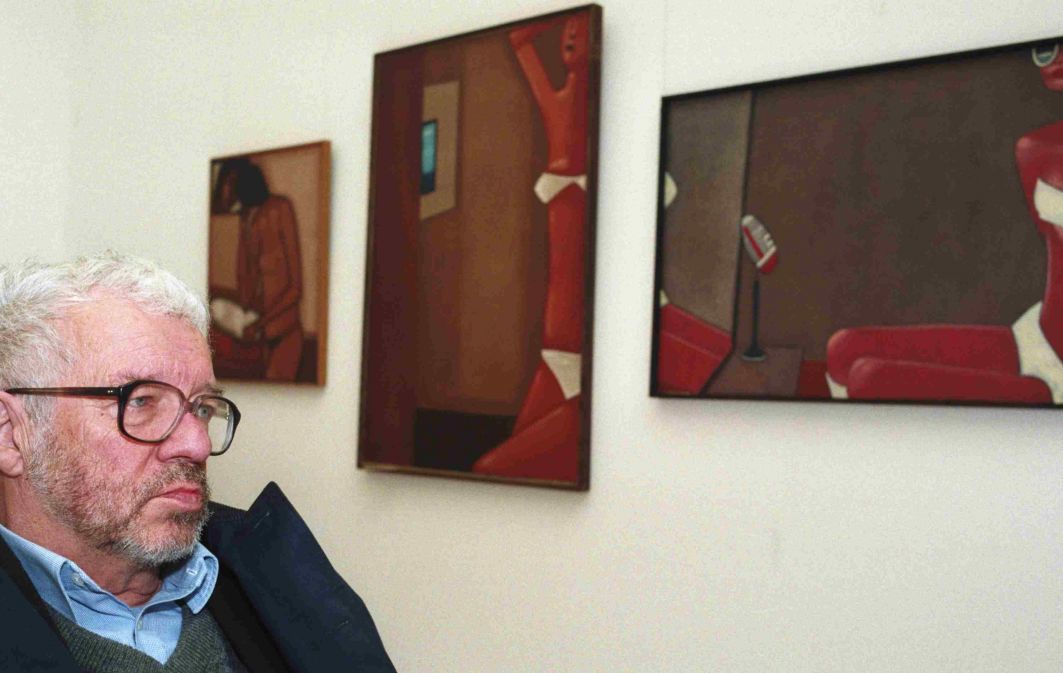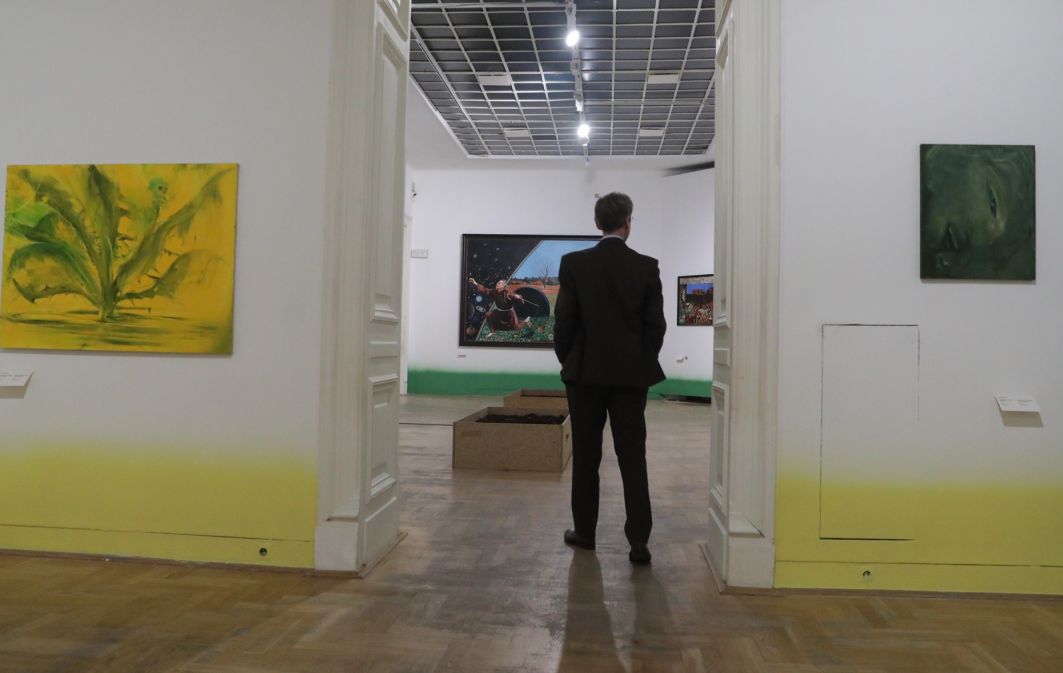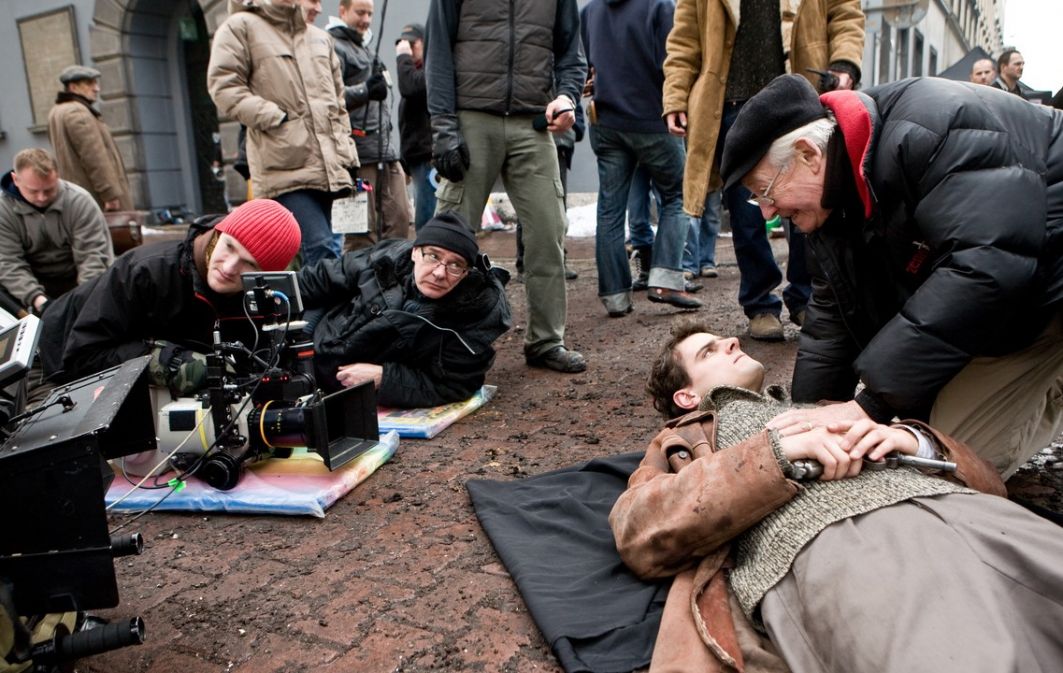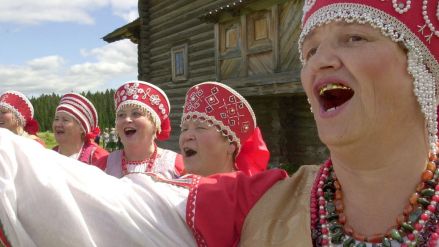
The fall of communism has not changed the nature of the Russian soul.
see more
It is impossible to describe gallery after gallery, work by work. The Homo Faber exhibition leads to hundreds of places, both geographically and historically. It adds a context of tradition to the present. It shows how much a human-artist draws on the past in his search. How inextricably he is linked with it, even if his art is an ironic commentary on history, a variation, a joke, or a contradiction.
Living treasures
The originators of Homo Faber emphasize the value of working with hands, the manual creativity which draws on the eternal human needs and reflexes. They want to ensure that the threads of traditional professions and technologies are not broken. They emphasize how important it is for old artisans to pass on their knowledge to young people. Not only for the latter to recreate the artisans’ work, but for them to be able to relate to their predecessors when designing and producing art.
Placing the "12 stones" exhibition in the Hall, in which the blackened image of Titian reigns, was deeply thought-through. These dozen stones are old Japanese craftsmen who deal with techniques such as metallurgy, wicker, ceramics, sewing, and box making. Records of the old masters' activities are displayed on the monitors. A craftsman mixes something, pours it into a mold, then adds wood to a primitive hearth. In the end, we can see the wonderful effect of these seemingly modest treatments. The same for millennia.
Titian, whose work almost blows this room apart, also was an old master. He painted until old age, his work evolving but never losing any of its artistry.
The trend of thinking about the need for human creativity enriched by contact with other art-makers seems to be of particular importance at a time when, during the recent isolation, many ties have been severed, and digitization has gained new fields. Machines and artificial intelligence can do everything faster, cleaner, more accurately, and produce millions of copies. However, it is the man who has to design the pattern that the machine will execute. He can also make it himself, creating extraordinary and unique work.
– Beata Modrzejewska
–Translated by Sally Jastrzębska
TVP WEEKLY. Woronicza 17, 00-999 Warszawa. Editorial team and jornalists
Exhibition “Homo Faber”, 10.04-1.05.22,Venice, San Giorgio Maggiore Island, homofaber.com